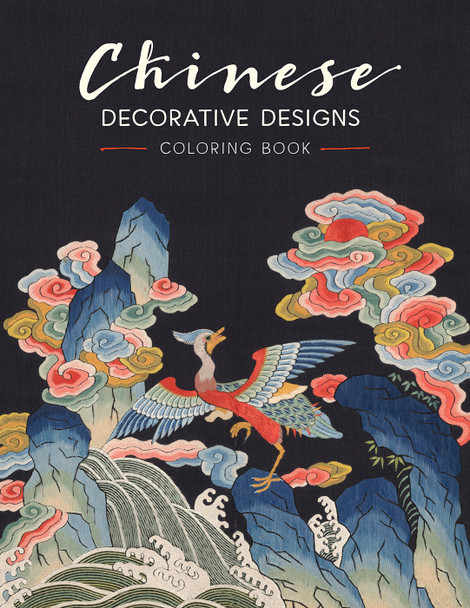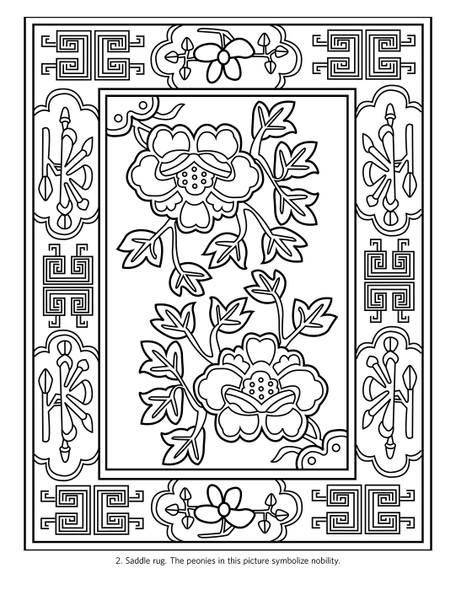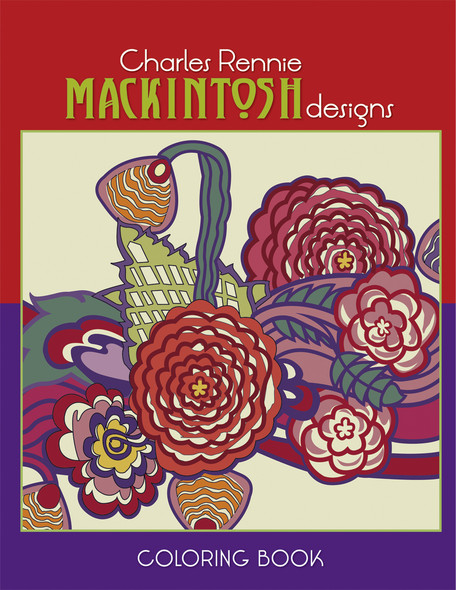Description
In a tradition practiced for hundreds of years, throughout the Ming and Qing dynasties, Chinese military and civil officials wore large silk badges on the front and back of their robes. The embroidered or tapestry squares signified the individual's rank based on the animal depicted. Civil officials' badges featured one of nine birds, such as a crane, pheasant, or peacock, while military badges showed one of nine powerful animalsreal or mythicalsuch as a lion, tiger, bear, or qilin. The mallow flower badge in this Colouring book would have been worn by a civil official in the Sacred Music Department. The tapestry badge depicting phoenixes in a symbolic landscape may have been woven as a decorative insignia for a female member of the imperial household. Also called buzi, or mandarin squares, the textiles are popular with collectors. Badges worn on the front may have been split down the center to accommodate the opening of the robe. Tiny beads or pearls were sometimes used as ornamentation, and painted details may also be seen. While most badges illustrate existing animals, the presentation is not always lifelike. Ducks may or may not have webbed feet; flames shooting from the body of the bear denote supernatural powers.


















